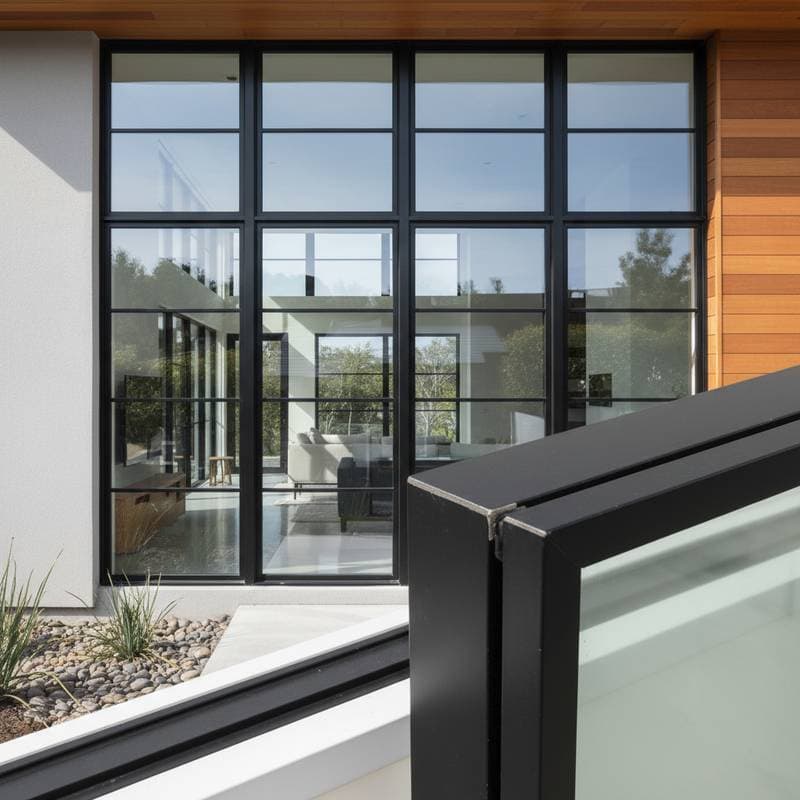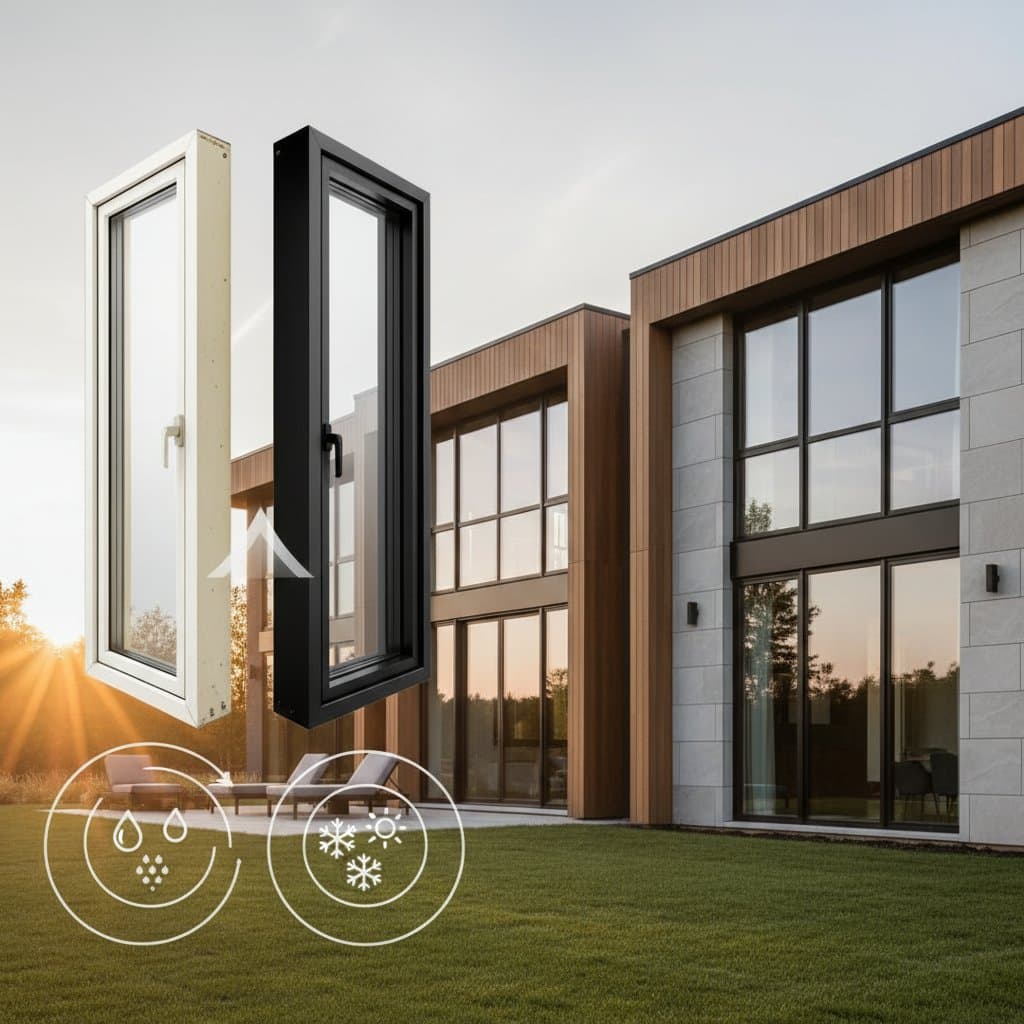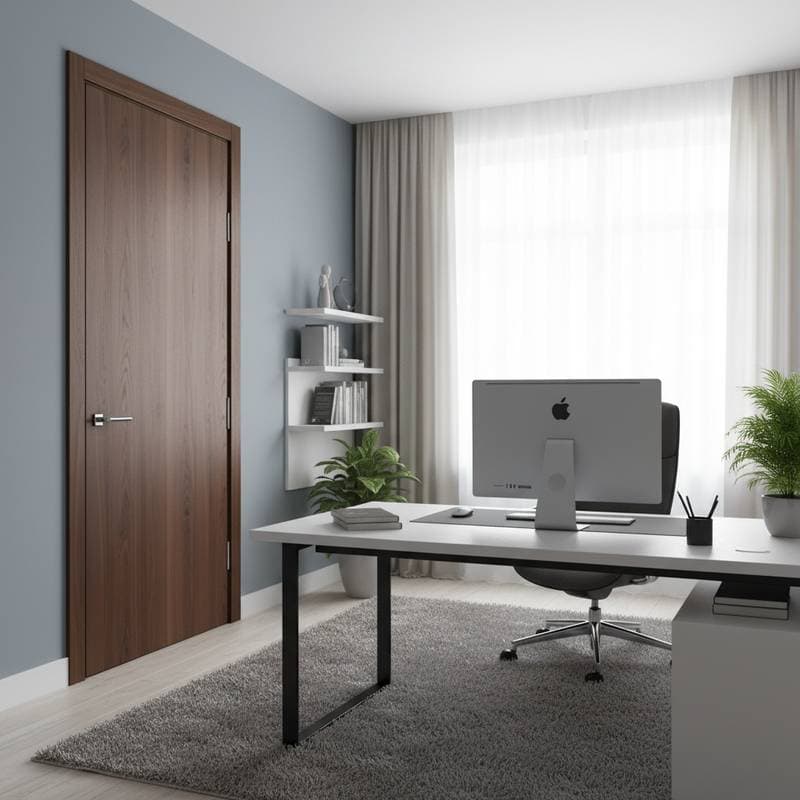Achieving 95% Noise Reduction: Acoustic Windows for Urban Living in 2025
Urban environments offer vibrant energy, yet persistent noise from traffic, construction, and daily bustle can erode quality of life. Traditional windows often fail to block these intrusions, leading to disrupted sleep and reduced concentration. Acoustic windows, engineered for superior sound insulation, can diminish external noise by as much as 95 percent, fostering a serene indoor sanctuary.
This guide explores essential aspects of acoustic windows for 2025, covering design principles, cost estimates, installation considerations, material options, and professional recommendations to maximize noise control.
Core Design Elements of Acoustic Windows
Acoustic windows excel through targeted engineering that interrupts sound transmission. Sound waves lose intensity as they encounter barriers that absorb vibrations and prevent resonance. Key components include the following:
- Enhanced Glass Thickness: Panes measure 25 to 50 percent thicker than standard versions, minimizing vibrational transfer across surfaces.
- Laminated Construction: Dual glass sheets fused with a polyvinyl butyral interlayer capture and dissipate acoustic energy.
- Varied Pane Dimensions: Unequal thicknesses in paired panes scatter sound frequencies, reducing overall penetration.
- Sealed Gas-Filled Cavities: Argon or krypton gas between panes adds density, further dampening airborne noise.
- Precision Seals and Frames: Rubber gaskets and reinforced frames eliminate gaps, ensuring comprehensive sound isolation.
Mark Jensen, a certified window specialist in Seattle, emphasizes, "Effective noise barriers demand complete sealing. A minor leak can halve the system's efficacy."
Performance and Cost Comparison with Conventional Windows
Evaluating upgrades requires understanding distinctions in efficacy, expense, and durability between acoustic and standard windows.
| Feature | Standard Window | Acoustic Window |
|---|---|---|
| STC Rating | 25 to 28 | 35 to 45 |
| Installed Cost Range | $500 to $800 | $1,000 to $1,500 |
| Energy Performance | Moderate | Superior |
| Noise Attenuation | Up to 50 percent | Up to 95 percent |
| Expected Durability | 20 years | 25 to 30 years |
Although initial investments exceed those of basic models, acoustic windows deliver savings through enhanced insulation and elevated property appeal in noise-prone locales. Resale premiums often reach 5 to 10 percent in dense urban markets.
Thermal and Efficiency Advantages
Beyond acoustics, these windows enhance climate control via multi-layered builds that resist heat loss and gain. Expect reductions in utility bills of 10 to 20 percent, varying by regional weather patterns and window placement.
Integrated Low-E coatings on many units block infrared radiation while preserving views and daylight. This combination yields consistent indoor conditions, supporting both quietude and operational savings.
Addressing Key Myths on Acoustic Solutions
Prospective buyers encounter several misunderstandings about noise mitigation. Consider these points:
- Selective Replacement Suffices: Prioritize high-exposure areas like street-facing bedrooms over uniform updates across the property.
- Glass Density Requires Complementary Measures: Seals and frame reinforcements contribute as vitally as pane thickness to overall results.
- True Soundproofing Remains Elusive: Acoustic enhancements substantially lower decibels but cannot achieve absolute silence in practical home settings.
- Integrated Approaches Amplify Results: Pair windows with sound-absorbing drapery or wall treatments for compounded isolation.
Selecting Optimal Acoustic Windows: Professional Guidance
Prioritize Sound Transmission Class (STC) ratings above 40 for demanding urban sites, alongside verified manufacturer credentials and robust warranties. Laura Kim, a Chicago-based consultant in construction materials, advises, "Seek ASTM-compliant certifications to validate performance claims and enable fair brand evaluations."
For tailored selections, commission a professional decibel audit of your space. Reputable suppliers provide this service to align recommendations with measured noise profiles, ensuring precise fits.
Practical Steps for Installation and Budgeting
Begin by mapping noise sources in your residence, focusing on primary living zones. Solicit detailed proposals from three or more accredited contractors, scrutinizing STC specifications, coverage terms, and efficiency ratings alongside pricing.
Factor in enhancements like advanced gasketing or thermal breaks, which boost outcomes without proportional cost increases. For budget constraints, explore secondary glazing kits that overlay existing frames, delivering 70 to 80 percent noise cuts at half the replacement expense.
Post-installation, track changes in ambient sound levels using smartphone apps or professional follow-ups. Users frequently note gains in restorative sleep and productivity, underscoring the investment's worth.
Realizing Lasting Tranquility in City Dwellings
Implementing acoustic windows elevates urban residences to havens of calm, countering the relentless hum of metropolitan life. These systems not only shield against auditory overload but also promote well-being through stable environments and fiscal prudence. Choose thoughtfully, install expertly, and reclaim the peace essential for thriving amid the city's pulse.






